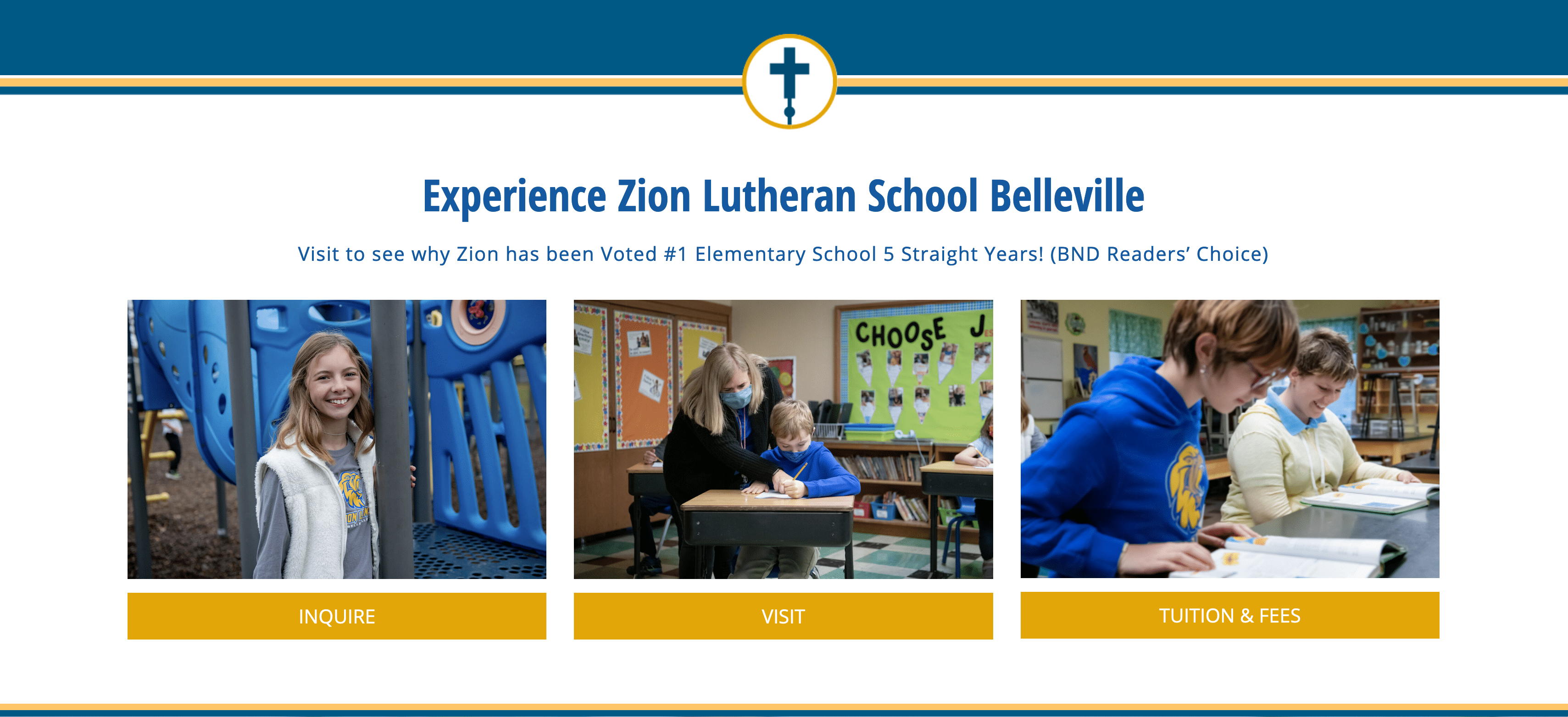If a website launch is in your future, you’re likely considering one big question: Do I do it myself, or hire a developer?

I have a client who was in a similar situation when we first met. This company reached out to me for an estimate to compare against developing their site through a lower budget DIY service. After consideration, they decided to go the DIY route and we parted ways. Down the road, they reached back out to have me re-develop their DIY site to make it functional and effective.
It’s a tricky choice — but one worth giving some thought.
So, what should you consider when making this decision?
Functionality
What do you need your site to do for your business?
Each business has a different goal for their site. Is it simply informational? Do you need to have the ability to make a reservation? How about e-commerce?
All of these elements add a layer of complexity to the build of your site. They will also help determine how much of your revenue is dependent on the site operating as it’s intended.
Each time a customer has trouble making a reservation or gets frustrated with your shopping platform, it could result in a lost sale.
If you’re using your site as a revenue generator, making sure the site functions smoothly should should be a top priority to consider when looking at development options. Saving money on the front end may cost you money in missed business.
 Time
Time
When I design a website for a client, I provide a detailed weekly timeline & I set up weekly Zoom call updates. This allows me to manage the project to their timetable and adjust as needed.
Developing a website takes time and attention to detail. When considering a DIY site, be sure to appropriately take measure of how much time you’re willing to give.
Clients that come to me after trying a DIY service often say they underestimate the amount of time and effort it would take. They ultimately decide their limited time is better spent working on and worry about other aspects of their business.
 Effectiveness
Effectiveness
In addition to the final website design and build, we include other services for each client I work with: Customer journey mapping, SEO research , on-page SEO, completion & go live training.
These additional pieces are critical to ensure your website functions effectively and gets the results you desire, and unfortunately, they are the pieces that get missed in DIY development.
Design
DIY sites often provide templates to build from. These one-size-fits-most solutions can be very beautiful, but they aren’t unique.
When positioning yourself in the digital marketplace, making sure that your unique qualities are portrayed will be critical to ensure that you stand out from the rest.
Good design requires both creativity and intention and that just isn’t always achievable with a template.
Every website design decision should be founded on a clear understanding of where you want your customer to end up.
At Bauerhauss, we create a Customer Journey map at the start of every project — the Bauerhaus Brand Map.
The Bauerhaus Brand Map helps you identify and understand your customer so you can implement effective branding and marketing strategies into every element of your website, and throughout your marketing.
Interested in exploring a new site to decide which path is right for you? Schedule a discovery call with us!

